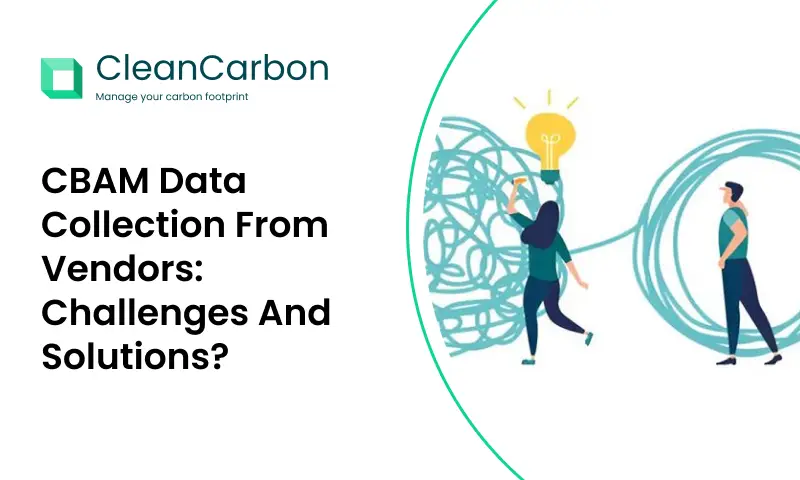CBAM has the potential to significantly impact the global steel industry. Here’s a breakdown of the key areas affected:
1. Cost Implications for Importers:
- Increased Costs for Non-EU Producers: Steel producers in countries with less stringent climate regulations will face higher costs when exporting to the EU. They'll need to purchase CBAM certificates to offset the difference in carbon pricing, making their steel less competitive.
- Pressure for Decarbonization: This added cost incentivizes non-EU steel producers to invest in cleaner technologies and reduce their emissions to remain competitive in the EU market.
2. Competitiveness of EU Steel Industry:
- Leveling the Playing Field: CBAM reduces the cost disadvantage EU steel producers face due to their compliance with stricter environmental regulations. This helps safeguard jobs and protects investments in cleaner steel production within the EU.
- Stimulating Innovation: CBAM encourages EU steelmakers to continue investing in low-carbon production methods and technologies to further reduce their carbon footprint and gain a competitive advantage.
3. Global Shift Towards Cleaner Steel:
- Global Decarbonization Push: CBAM sets a precedent and increases the pressure on steel-producing countries worldwide to adopt more ambitious climate policies. This could lead to a reduction in emissions from the steel sector globally.
- Changes in Trade Flows: Importers might seek out steel produced with lower carbon intensity from different countries. This could potentially disrupt existing supply chains and trade patterns within the steel industry.
4. Impacts on Developing Countries:
- Challenges for Export-oriented Steelmakers: Developing countries that rely on steel exports may face challenges under CBAM if their production processes are carbon-intensive. This could affect their economic development.
- Potential Support Mechanisms: There is discussion about revenue from CBAM certificates being used to support climate transition in developing countries, helping them adopt cleaner technologies.
5. Uncertainties and Ongoing Considerations:
- Complexity of Calculations: Accurately measuring and verifying embedded emissions in steel production across different jurisdictions is complex. Reliable methodologies are still being developed.
- Indirect Emissions: Whether to include indirect emissions (Scope 2 and 3) within CBAM, which would have wider implications for the steel industry, is under debate.
- Potential for Trade Disputes: The compatibility of CBAM with WTO rules is a subject of discussion and could lead to potential trade disputes.
Overall, CBAM is a transformative policy with far-reaching consequences for the steel industry. While designed to reduce carbon leakage and promote decarbonization, its exact impacts will depend on how it’s implemented and how the global steel industry responds to these new dynamics. We at Cleancarbon are trying to help companies to manage this challenge. you can reach out at nb@thinksmartin.com for any queries or support






